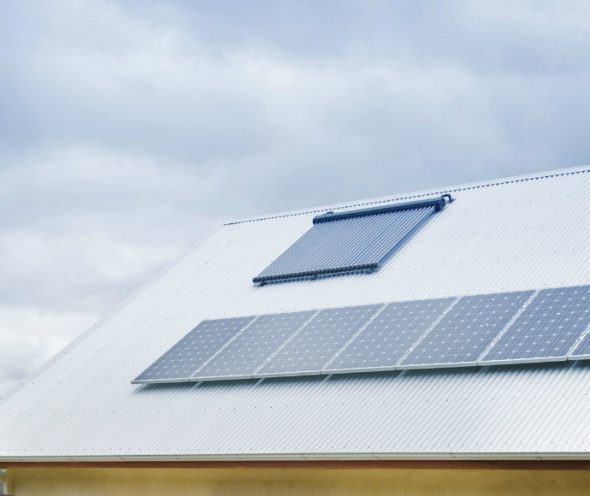A new report has found that more than three-quarters of the Australian solar homes still on a premium feed-in tariff would be happy to trade it in for the chance to upgrade their systems – and in particular, to install battery storage.
The report, based on a survey by community group Solar Citizens, shows that a voluntary buyout of premium feed-in tariffs would “open the floodgates” for the uptake of battery storage across Australia.
So much so, it says, it could lead to the installation of three times more battery storage capacity than South Australia’s big battery.
“We surveyed 340 solar owners on a premium tariff and found that 76 per cent were interested or potentially interested in participating in a voluntary buyout,” said Shani Tager, a senior campaigner with Solar Citizens.
Tager says that while premium feed-in tariffs (PFiTs) were instrumental in kicking off the rooftop solar industry in Australia, they were no longer necessarily the best option for the households still on them.
That is largely because the rules of the premium tariffs mean that early solar adopters – many of whom installed relatively small systems, many years ago – are unable to add more panels, and/or storage, as prices of these technologies have come down.
This has been a particular concern in Queensland, where premium solar tariffs still run at a generous 44c/kWh until 2028. It is also an issue in South Australia, where some premium tariffs also run well into the 2020s.
As we have reported, a proposal to trade these tariffs in for battery storage was floated by Ergon Energy way back in 2014 – as a way to encourage battery storage uptake to counter-balance high rooftop solar penetration and growing network issues.
But the idea was rejected by the Queensland Productivity Commission on the basis that the cost would be too high (a payment of around $9,000 per household).
The QPC even recommended that any household be kicked off the premium solar tariff if it installed battery storage, but the Queensland government sought the middle ground by adjusting the rules, to stop any rorting of the system.
Under the new rules, PFiT households with batteries are not allowed to discharge batteries during the day, and will only be able do so at night time or during grid outages.
South Australian rules mean that any household on a premium solar tariff will forfeit the rate if they installed a battery.
The buy-out scheme proposed by Solar Citizens has a bit more to it than swapping the PFiT for a battery, or more panels. As well providing a lump sum for participating households, it would also split the payment to go towards helping low-income households get solar.
According to the survey, taking that approach would make 46 cent of solar owners more likely to participate in a buy-out scheme.
“This scheme could generate up to $400 million in funding for low-income and vulnerable households to access solar, storage and energy efficiency, providing much needed relief to households who are feeling the pinch of high electricity prices,” said Ms Tager.
“We emphasise that any premium feed-in tariff buyout must be completely voluntary – these homeowners have contracts that give them a right to continue with the higher feed-in tariff if they prefer.









